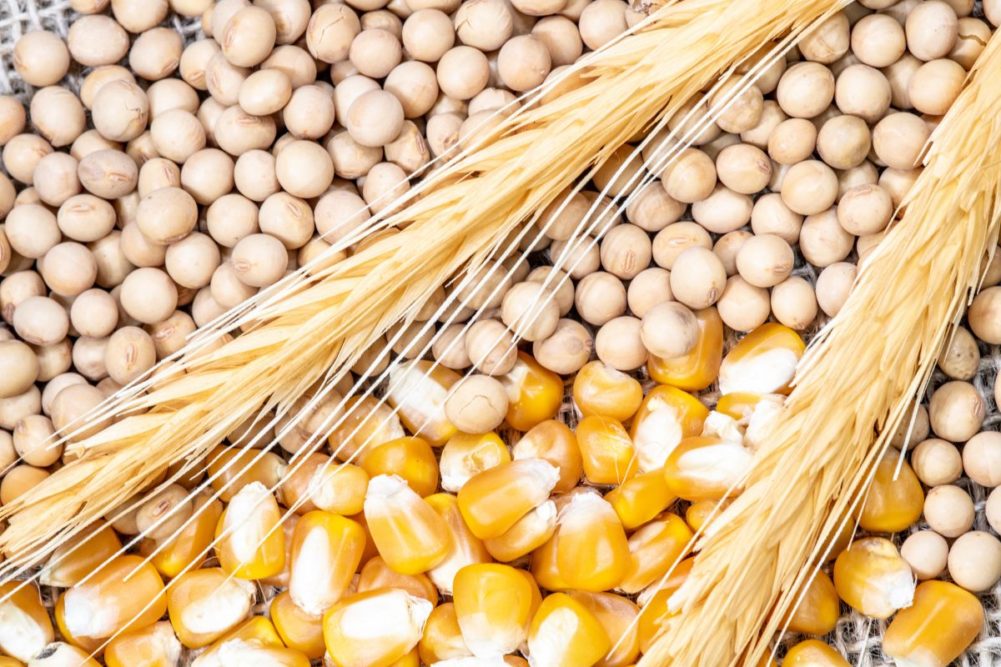LONDON, ENGLAND — The International Grains Council’s (IGC) first grain market report of 2023 revealed a trend continuing from the previous year, with global carryover stocks for total grains (wheat and coarse grains) falling 3 million tonnes from the previous forecast to 577 million tonnes, an eight-year low.
The report, released on Jan. 12, also noted that the stocks-to-use ratio of 25.3% is the tightest since 2012-13.
“Despite an unusual pullback in consumption, pegged 1% lower year-on-year at 2.275 billion tonnes, a comparatively steeper drop in supply will result in a further tightening of global stocks,” the IGC said.
Aggregate grains production in 2022-23 is forecast at 2.256 billion tonnes, down 33 million tonnes from the previous year. The IGC said the contraction “mainly reflects a smaller maize crop, seen 58 million tonnes lower year-on-year, with much reduced harvests in the United States, Ukraine and the European Union.”
In contrast, global wheat production is projected to reach a new record in 2022-23 at 796 million tonnes, and recovery is also forecast in barley and oats output, the report said.
Total grains trade is expected to decline by 17 million tonnes, to 407 million, due to smaller maize, wheat, barley and sorghum shipments.
With a downgraded crop figure for Argentina outweighing marginal increases elsewhere, the IGC pegs 2022-23 world soybean production at a record 385 million tonnes, up 30 million tonnes from the previous year but down 3 million tonnes from the November forecast.
The projected increase in soybean output year-on-year is mainly due to a sizeable Brazilian harvest, with modest increases elsewhere, the IGC said.
“Record utilization is anticipated, while inventories are likely to recover, albeit with major exporters’ reserves remaining historically tight,” the IGC said.
The IGC Grains and Oilseeds Price Index dipped by 1.2% in January and is 4.2% higher year-on-year at 306.
Wheat, maize and barley all saw a decline in the price index from the November report. The price index for rice rose 8% and is 20% higher year-on-year.






